Ertach Kernow - Origins of the Royal Geological Society of Cornwall
The Royal Geological Society of Cornwall (RGSC) was established at the Union Hotel in Penzance on 11th February 1814, so is now 210 years old. Along with the Royal Institution of Cornwall which operates the Royal Cornwall Museum and the Royal Cornwall Polytechnic Society, The Poly, formed in 1818 and 1833 respectively these are organisations that Cornwall can be rightly proud of. The Cornwall Geological Society as it was first named soon became the Royal Geological Society of Cornwall with the patronage of the Prince Regent, later George IV.
For such a longstanding institution with an illustrious history this article can only scratch the surface. Hopefully it will provide a beginning and understanding of where Cornwall stood in importance as far as its mineral wealth at that time. The range of metals and minerals found in Cornwall is amazing for what is a relatively small area on the edge of the Anglo-Celtic Isles. Known originally for tin, copper also became a huge source of mining wealth along with a very long list of other minerals that have either been extracted as part of the search for tin and copper or later itself when financially viable.
The Royal Geological Society of Cornwall was as usual at that time formed by men of wealth, influence and learning as well as those interested in furthering Cornwall’s mining industry. These times were still part of the Industrial Revolution which Cornwall was an early participant through its mines and the engineering required to expand them. It shouldn’t be forgotten that science was still in a confrontational state with religion and only in the 18th century had some greater understanding of earth formation started to be investigated, understood and accepted. This was a period of rapid development in a whole range of scientific exploration and bear in mind that Darwin’s ‘On the Origin of Species’ published in 1859 which exploded discussion on evolution was still nearly half a century into the future.
As always click the images for larger view
The founding President of the Royal Geological Society of Cornwall was Davies Giddy, who would from 1816 become better known as Davies Gilbert. He would remain in that post for 25 years until his death. Besides this he was also representing Bodmin as an MP, elected to the Society of Antiquaries in 1820 and President of the Royal Society of London between 1827-1830. Gilbert also wrote a number of books and edited others including one still referred to today ‘The Parochial History of Cornwall’, published in 1838. Its chairman was Sir Christopher Hawkins a wealthy landowner and notorious boroughmonger, covered in an Ertach Kernow article on 10th February 2023. The society’s original patron Francis Basset, Lord de Dunstanville, was a politician with great wealth and land which contained numerous mining interests. Bassett gave way to the Prince Regent allowing royal patronage.
As a worldwide geological society only the Geological Society of London founded in 1807 is older illustrating Cornwall’s position at the forefront of advancing geological knowledge. Other well-known people included the Penzance born scientist and inventor Sir Humphry Davy, and mineralogist William Gregor born at Trewarthenick near Tregony who discovered titanium. Gregor had been accepted as an honorary member of the Geological Society of London on its foundation. Sir Charles Lemon became its second president in 1840 and was also the founding president of the Royal Cornwall Polytechnic Society. One person to whom great thanks should be shown but is relatively unknown today is John Ayrton Paris, the person behind originating the society. Paris was firstly a physician but with extensive interests in chemistry, minerology and as an author, which included ‘A Guide to the Mount's Bay and the Land's End’ and the first biography of Sir Humphry Davy. He was the first secretary of the Royal Geological Society of Cornwall and president of the Royal College of Physicians from 1844, and a Fellow of the Royal Society. These were the people who stood behind the origins of this venerable Cornish institution.
The years just prior to the establishment of the Royal Geological Society of Cornwall was a period of great industrialisation in Cornwall. Besides mining, smelting was now an important part of the industrial process. New Cornish banking corporations to finance the mines and other ancillary businesses were formed. The Royal Navy was the first navy in the world to sheath its vessels in copper, and with a 74-gun warship requiring 14,000 square feet of copper and two and a half tones of nails Cornish copper was in great demand.
Penzance was a busy growing industrial town with extensive shipping, pilchard fisheries and other businesses within the reach of the St Just and St Ives mining areas. It was one of Cornwall coinage towns and the nearest comparable town was Truro. Of the nine major smelting works in Cornwall five were within or easy reach of Penzance, which was also a growing financial centre with three banks opening in the fifteen years up to 1810. By 1814 the long period of the Napoleonic Wars was coming to an end and Cornwall with its fishing industry and now highly industrialised mining was set for expansion through increased continental markets.
With its growing population and wealth Penzance was a natural base for the foundation of the RGSC and the arrival of the physician John Ayrton Paris in 1813 was the catalyst. His letters of recommendation from William Maton, who had travelled throughout Cornwall in 1794 and written his own description including about its antiquities, opened many doors. Paris explained in his speech at the first meeting of the RGSC why Penzance should be preferred to Truro or some other more central town as the place of [the society's] establishment. ‘It was its proximity to an extensive and interesting coast which rendered Penzance so desirable, as well as it being surrounded by mines of most singular geological interest.’
New RGSC Premises - Description from Illustrated London News article – November 1867
The floor will accommodate 650 persons; the balcony and gallery 270. At the south end is the orchestra for 120 performers, with an organ of great power and sweetness, built at u coat of £1200, by Mr. Bryceson of London. From St, John's Hall, a pair of folding-doors lead to a smaller hall, which holds 250 persons. They are handsomely decorated, well ventilated, warmed, and lighted. The natural history museum is behind. The east wing contains the council-room and the Guildhall, 47 ft. by 81 ft; the magistrates'-room, committee-room, town clerk's and tax collectors' offices. The Geographical Society, with library and museum, occupies the west wing.
The architect of these buildings was Mr. John Matthews, the borough surveyor; Messrs Olver and Sons were the contractors. The granite was supplied by Messrs. Freeman, from Lamorna. The cost of buildings, fittings, and furniture is about £15,000.
Cornwall with its wide range of minerals and geological variations encouraged both professional and amateur ‘rock‘ collectors. There was a ready pool of people who would be interested in Cornish geology and certainly the great Dr William Borlase would have brought much attention with his ‘The Natural History of Cornwall’, published in 1778. Another book Mineralogia Cornubiensis by William Pryce made a major contribution. People such as William Rashleigh and John Williams had their own large mineral collections, the Rashleigh collection is now a key part of the mineral exhibition at the Royal Cornwall Museum.
Amongst the original aims of the Royal Geological Society of Cornwall was the advancement of geology as a science. Whilst strong religious feelings still existed people were becoming more curious about science and the advances made. Many members of the RGSC were interested in lectures and demonstrations, however far fewer actually carried out research or submitted papers. A good number of distinguished people came to give lectures including the renowned theologian and geologist William Buckland whose theories struggled to combine religious beliefs and scientific geological findings. Buckland is now perhaps best remembered now for the discovery of the ‘Red Lady of Paviland’, which modern scientific analysis has proved to be a 33,000-year-old male skeleton, the oldest homo sapien remains found in the United Kingdom. Unfortunately, Buckland identified it firstly as a local prostitute and later the grave being dug during Roman times.
Perhaps during those early days when science struggled to find a footing against strong long held religious beliefs the importance of societies such as the RGSC was to allow a forum for discussion. Certainly, people such as Lord de Dunstanville and John Ayrton Paris believed that the need for the society’s existence was to foster discussion and encourage the forward enrichment of science. Some 20 years after its beginnings the Royal Geological Society of Cornwall attempted to provide some basic education relating to geology, a reported successful first year was not repeated the following year and the activity was discontinued. Sadly, it seems that the activities of the early years was aimed at those who could afford to participate and the ordinary working miner for example was excluded. A shame as those actually working in the mining industry could have offered a wealth of information through their working experiences. In fact, Davies Gilbert was fully against education of miners and the working class generally. In parliament he stated in 1807; ‘However specious in theory the project might be of giving education to the labouring classes of the poor, it would, in effect, be found to be prejudicial to their morals and happiness; it would teach them to despise their lot in life, instead of making them good servants in agriculture and other laborious employments to which their rank in society had destined them.’ Fortunately, the RGSC has changed immensely and encourages people from all ages and walks of life.
One of the most valuable legacies of these early societies was the publication of transactions in the journals. This is true of the Royal Geological Society of Cornwall as well as the Royal Institution of Cornwall and the Royal Cornwall Polytechnic Society. Not only do these provide a record of activities but also the thinking of the day. There was some controversy over a paper submitted by Henry Boase arguing that there was no evidence that the Phoenicians. had ever traded in Cornwall. Sir Christopher Hawkins took umbrage having written that they had, in his history of the tin trade in Cornwall. Recent discoveries now prove Sir Christopher correct that there was Cornish tin trade with the Levant in the eastern Mediterranean.
This scratches the surface of the early years of the Royal Geological Society of Cornwall and some of the men who founded this historic institution. The RGSC will be holding its AGM on Saturday 17 February 2024 at St Johns Hall, Penzance followed by the annual address entitled ‘Sustainable Earth & the energy transition’. This will be given by Professor Jon Gluyas Chair in Geoenergy, Carbon Capture & Storage in the Department of Earth Sciences at Durham University and President Elect of the Geological Society of London. Happily, this is open to all, unlike the early days of the society.
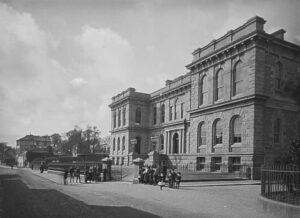
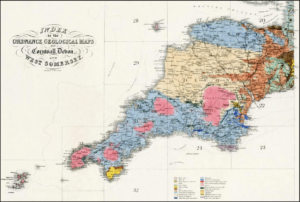
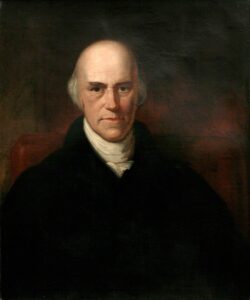
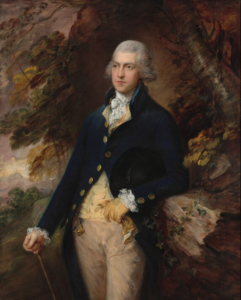
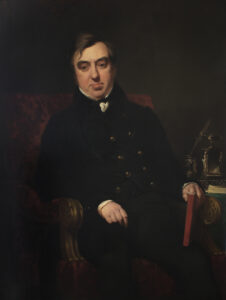
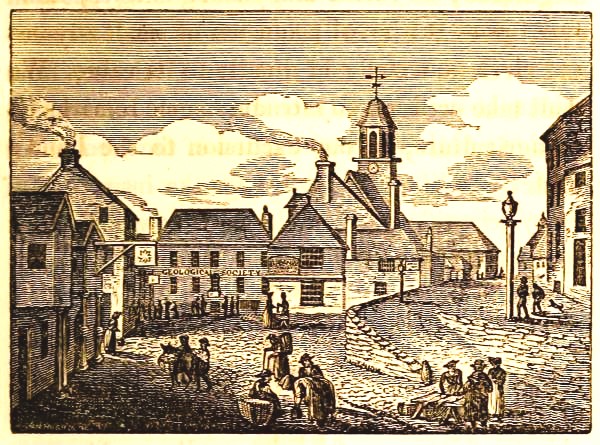
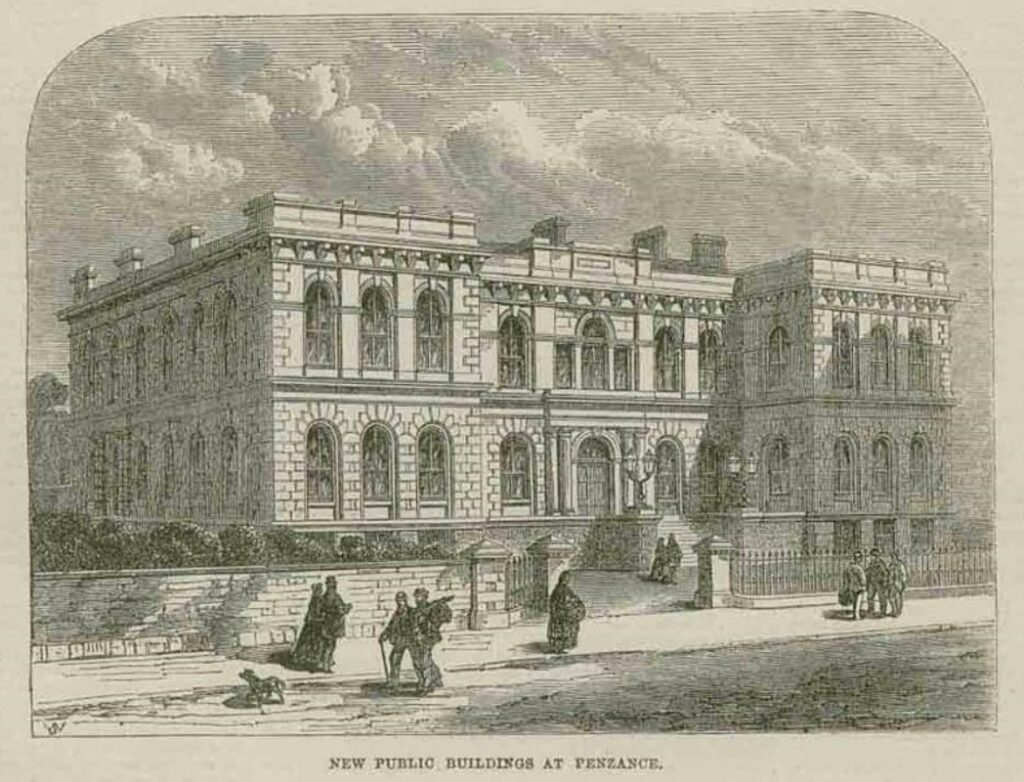
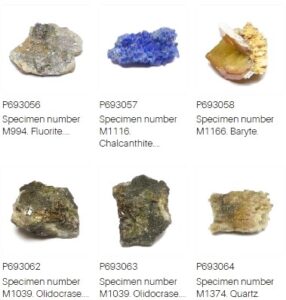
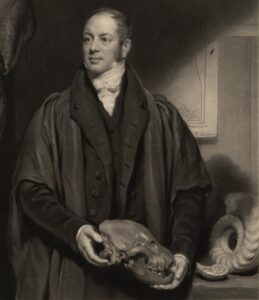
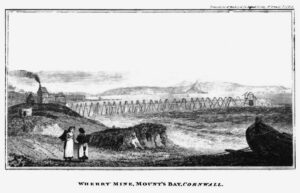
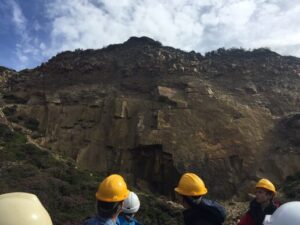

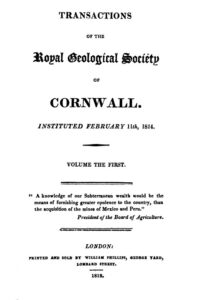
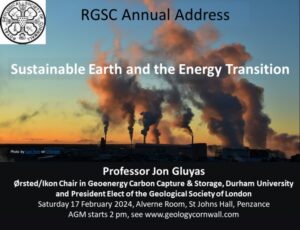
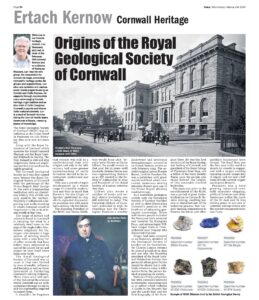
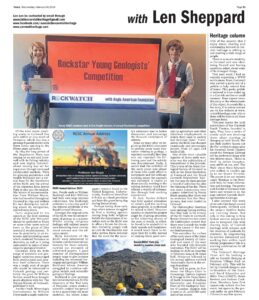
![[190] Ertach Kernow Heritage Column - 14th February 2024 - Pebble Pasty, Cornwall Youth Theatre Company, Spitfire Radio, CHT Hedging Ertach Kernow Heritage Column - 14th February 2024 - Pebble Pasty, Cornwall Youth Theatre Company, Spitfire Radio, CHT Hedging](https://www.cornwallheritage.com/wp-content/uploads/2024/02/190-Ertach-Kernow-Heritage-Column-14th-February-2024--297x300.jpg)